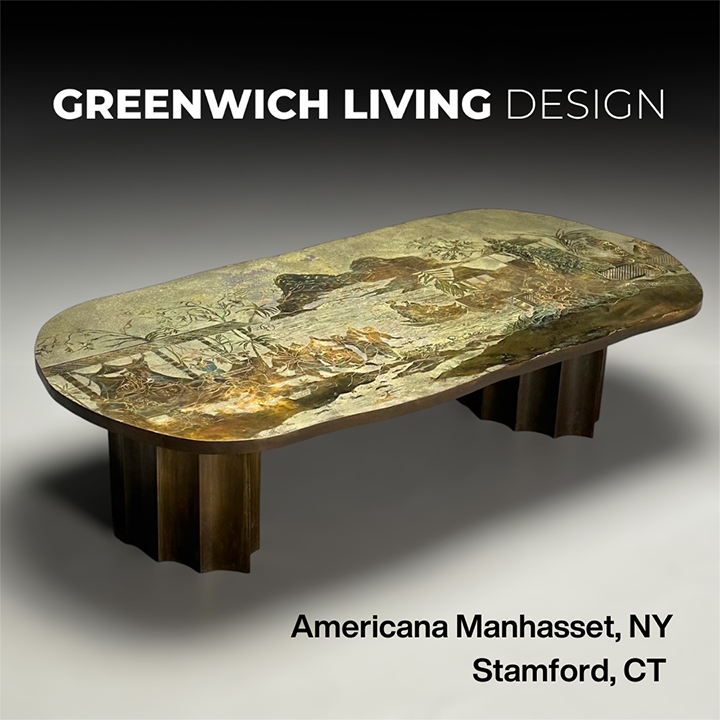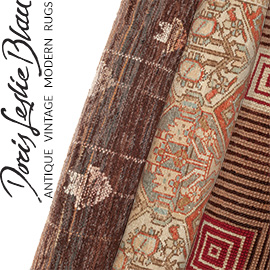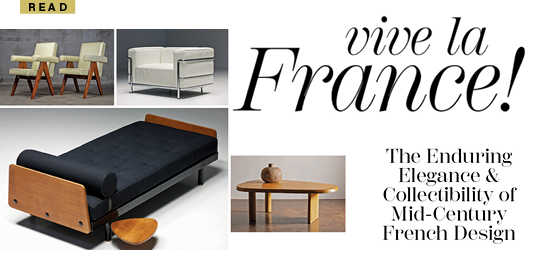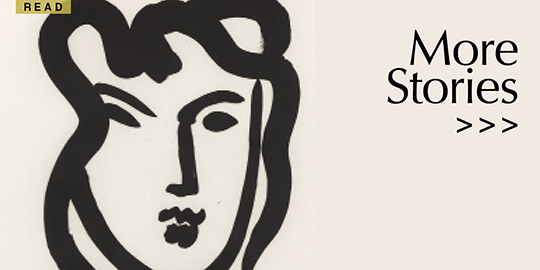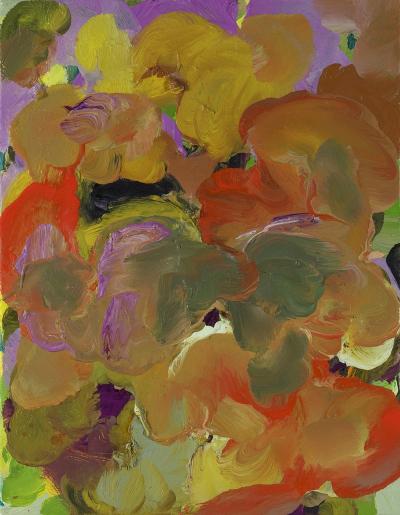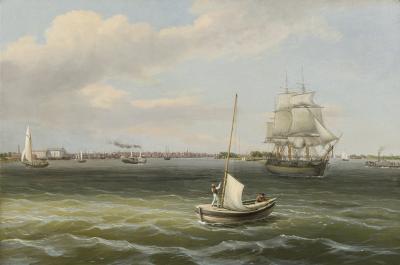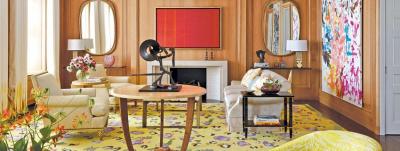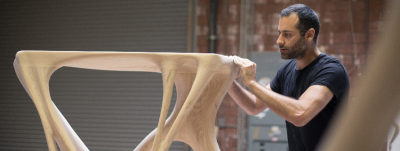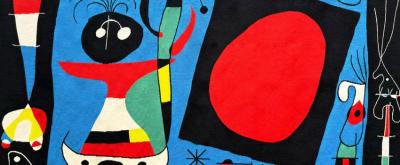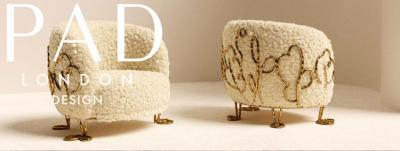Hollis Taggart Galleries Presents Abstract Expressionist Paintings by Audrey Flack
On May 7, 2015, New York’s Hollis Taggart Galleries will present the exhibition Audrey Flack, the Abstract Expression Years. Flack, a renowned painter and sculptor, is widely known as a pioneer of Photo Realism, but her beginnings in the vibrant downtown scene that gave rise to Abstract Expressionism are less documented. The show at Hollis Taggart Galleries marks the first time that Flack’s rare Abstract Expressionist works have been on view as a cohesive group.
A regular at the Eighth Street Artist’s Club and the legendary Cedar Tavern, Flack participated in the constant exchange of ideas and philosophies that dominated conversation at both haunts. while attending Cooper Union, Flack developed ties with such luminaries as Willem de Kooning, Jackson Pollock, and Franz Kline, and today, she stands as one of the last living ties to the daring and impassioned movement.
But Flack’s approach to painting differed from that of her AbEx peers. Stacey Epstein, Director of Hollis Taggart Galleries, says, “Flack was especially concerned with finding ways in which to structure space and balance gesture and order. When abstract painters like Pollock and Rothko were going into an infinite and undefined space, Flack was taking the same space with the marks and brushstrokes and drips and spontaneity and attempting to anchor it.” While dynamic and energetic, Flack’s Abstract Expressionist compositions are underscored by her masterful marking techniques, her impeccable draftsmanship, and her singular gestural language -- qualities that carried over to her Photo Realist work.
While Abstract Expressionism and Photo Realism are decidedly disparate styles, Flack’s transition from one to the other was gradual and theoretical. According to Epstein, “[Flack] slowly introduced figuration and landscape while still working in an abstract manner. She gradually allowed representation to become a defining factor in her work. As Realism started to take hold, a group formed, of which Audrey was a part, and she and fellow artists, including Philip Pearlstein and Harold Bruder, started moving against the dominant abstract grain to create a new movement that was loosely called ‘Revisionist Realism’ or ‘New Realism.’ This preceded Pop art and Photo Realism and it is a period that has yet to be discussed in detail by historians.”
As Photo Realism evolved, Flack once again developed a style that differentiated her from her counterparts, who were again, mostly male. In addition to her subject matter, which was considered less masculine than that of her peers, Flack’s Abstract Expressionist roots influenced her Photo Realist compositions. Epstein says, “Flack is the only Photo Realist that comes directly out of Abstract Expressionism. Her picture planes are tiled similarly in both her AbEx work and Photo Realist work. Whereas Richard Estes or Robert Bechtel paint street scenes that you walk into that are grounded in a representational reality, her Photo Realist imagery continues the expansive picture field she explored in her AbEx work.”
Audrey Flack, the Abstract Expression Years will present over twenty paintings, mainly produced between 1949 and 1954, illuminating and contextualizing Flack’s significance as an Abstract Expressionist, its historical importance, and its influence on her artistic evolution. According to Epstein, “Our hope is that this important chapter in Audrey’s illustrious career will finally be illuminated. It will provide a greater and deeper understanding of her artistic development, her oeuvre and her career as a whole.”
Audrey Flack, the Abstract Expression Years will remain on view at Hollis Taggart Galleries through June 6, 2015. A fully illustrated catalogue will accompany the exhibition.




